Il Pinguaan Springs
When I first saw the Pinguaan Springs they were small, fetid bogs set about with papyrus, the haunt of mercury-coloured frogs and dragonflies. I wondered why they were regarded as so important that you could find them on any half-decent map of Kenya. Without water, the farm we were building could never stir into life.
In those days I did not know what to do. For two years we collected water in jerricans and loaded them on to donkeys to be trekked to the tent where we lived. Baboons defecated in the spring pools. We all came down with Giardia.
On many of our adventures we were alone and I was foolhardy. Our neighbours regularly had to save our lives when bandits came, charging over the hill in response to radio alarms. These cattlemen were harder than I could ever be. I told one how the bend in a road where a man had been killed in an ambush spooked me so much I would accelerate. He replied, ‘I always stop — sometimes I have a pee.’ Occasionally they murmured helpful observations. ‘A good cow should be pretty, just like a woman,’ one told me in the yards. ‘If she’s ugly, send her to the butcher.’ They helped, but they didn’t volunteer much, and each time I called on them I could see they saw me as a city boy, a fool with a head full of ridiculous ideas. Failure seemed inevitable, but I was determined to survive by learning from my mistakes.
I remembered the movie Jean de Florette, in which the old peasant Soubeyran — scheming to hide the potential of his neighbour’s land — tells his apathetic friends that the life-giving water source has dried up. ‘Springs are like pretty girls,’ he shrugs. ‘If you neglect them they leave you high and dry.’ The truth, of course, is that he and his nephew have plugged the hunchback Jean’s wonderful spring with concrete.
‘Il Pinguaan’ is a prehistoric name from a long vanished language, in the same way that England’s rivers like Soar and Severn are the gifts of extinct Celtic tribes. Our valley was once a thickly forested tropical jungle bisected by a torrent, not the arid scrub along a gulch that it is now. Over time, the climate became drier until the only permanent water must have risen from the springs, emerald circles in an expanse of ochre. Shards of obsidian from far away — once used to make arrowheads — sparkle in the dust where once hunters congregated around the waters. Their tombs were cairns, stone circles and boulder platforms, set into the hillsides gazing down on Il Pinguaan for eternity.
With Soubeyran in mind, we dug down into the boggy mud to a bed of black, smooth rock. At the bottom of each source was an eye, which dribbled water. Some eyes were fickle. As soon as we capped them they migrated, popping up some distance away. Or they simply vanished after we chased them around the valley. I began to think of the spring eyes as living creatures, or at least mythical ones. I was convinced we would be scooping brackish, baboon-fouled slop for ever, when one day under a fever tree we found an eye that spurted water.
We dug down into the rock to nurture the eye and it responded by flowing ever stronger. We built a tank around it and were amazed to discover how it filled like a swimming pool of crystal-clear water daily. Ever since it has yielded almost exactly 11,000 litres daily, never increasing during the rains and never declining in the worst of droughts. The spring comes from the high plains, where the rain seeps down into the soil and through layers of rock called phonolite — or ringstone — until it hits a black basalt plate that forces the water up through the eyes of Il Pinguaan. Other springs we have opened up for the wildlife and the cattle, and they flow with a similar precision.
We pump it up the hill into a big tank where the baboons can’t shit in it — although the elephants are prone to rip up the piping and drink from it as if it’s a straw. Take a bath in the spring water and it feels like silk, but it is so heavily mineralised that one’s teeth go brown if you consume it all the time. On the farm we use rain for drinking and the spring water goes on the garden and the trees. Seedlings we planted not so long ago have grown so much that visitors assume we have been on the farm for a century. They ask, ‘When did you inherit this?’ They are astonished to hear that we pitched camp here just ten years ago and it’s all thanks to the springs, without which no progress could have been made.
Got something to add? Join the discussion and comment below.
Get 10 issues for just $10
Subscribe to The Spectator Australia today for the next 10 magazine issues, plus full online access, for just $10.


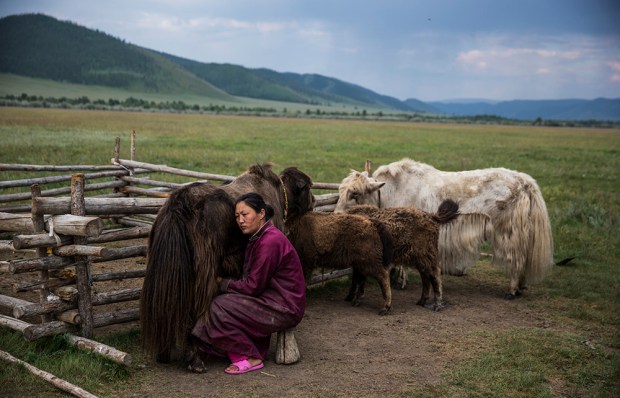
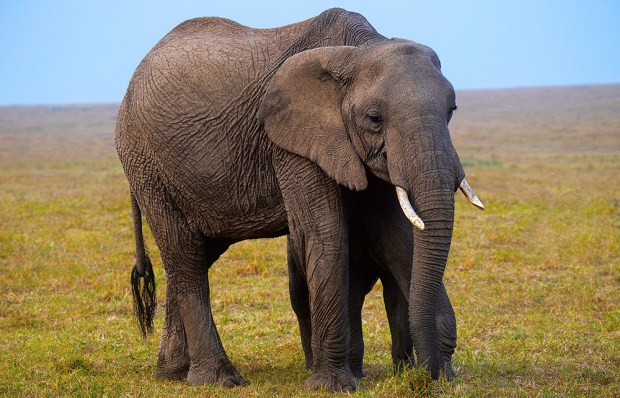
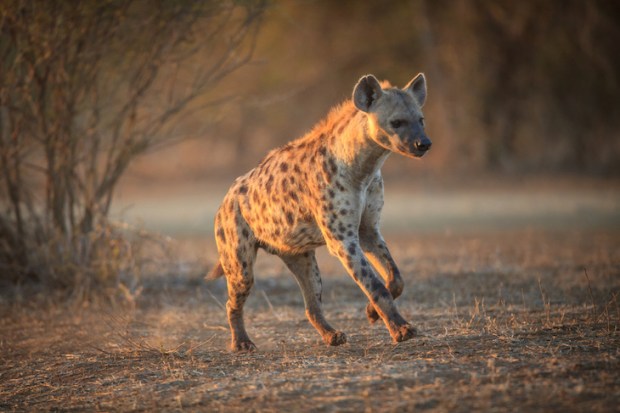
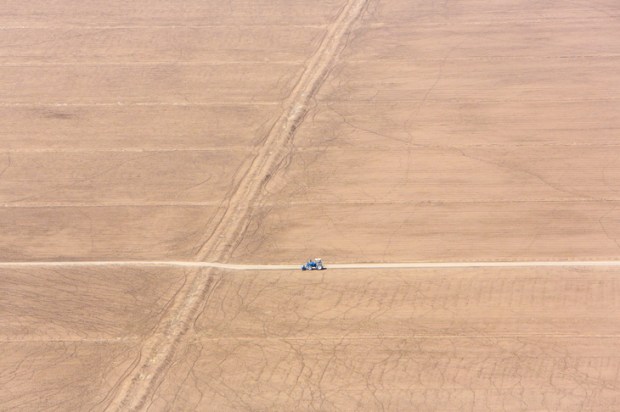
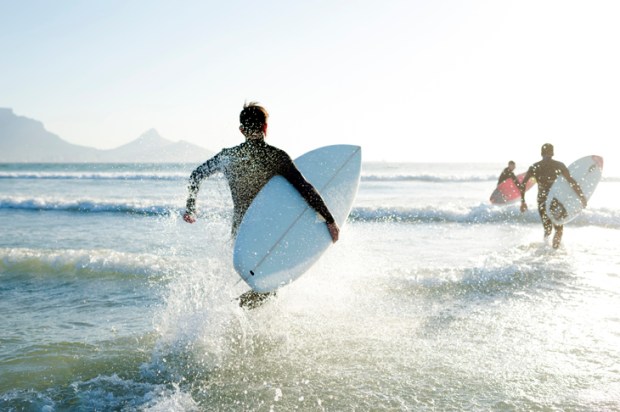
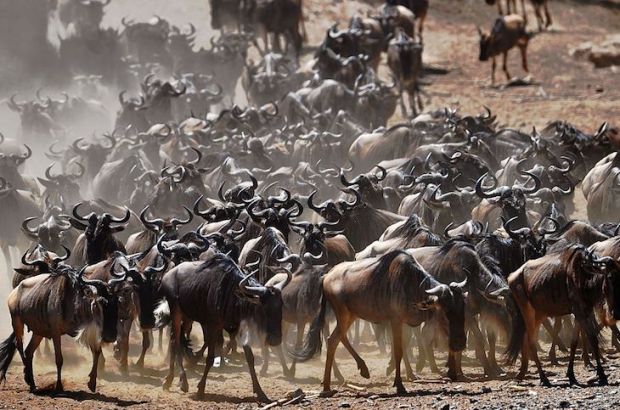






Comments
Don't miss out
Join the conversation with other Spectator Australia readers. Subscribe to leave a comment.
SUBSCRIBEAlready a subscriber? Log in